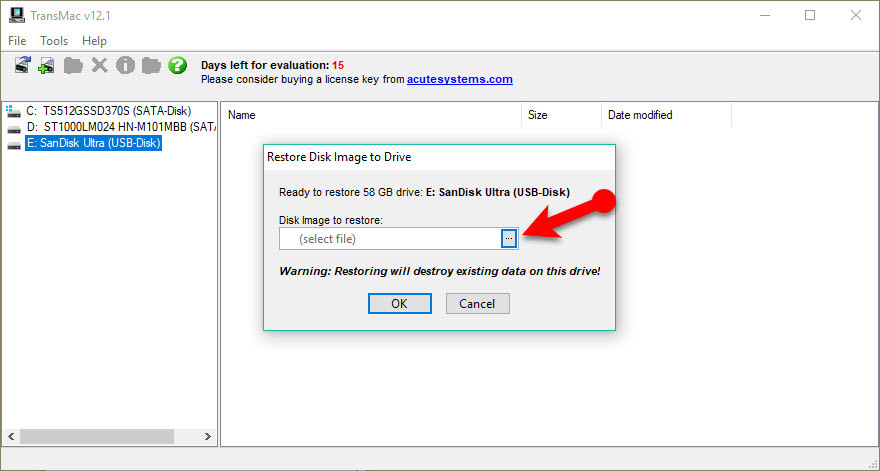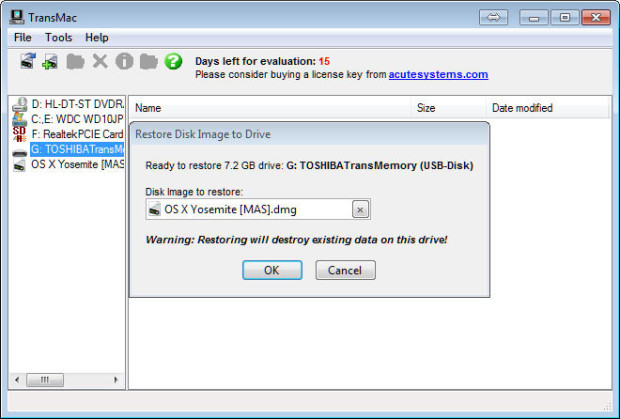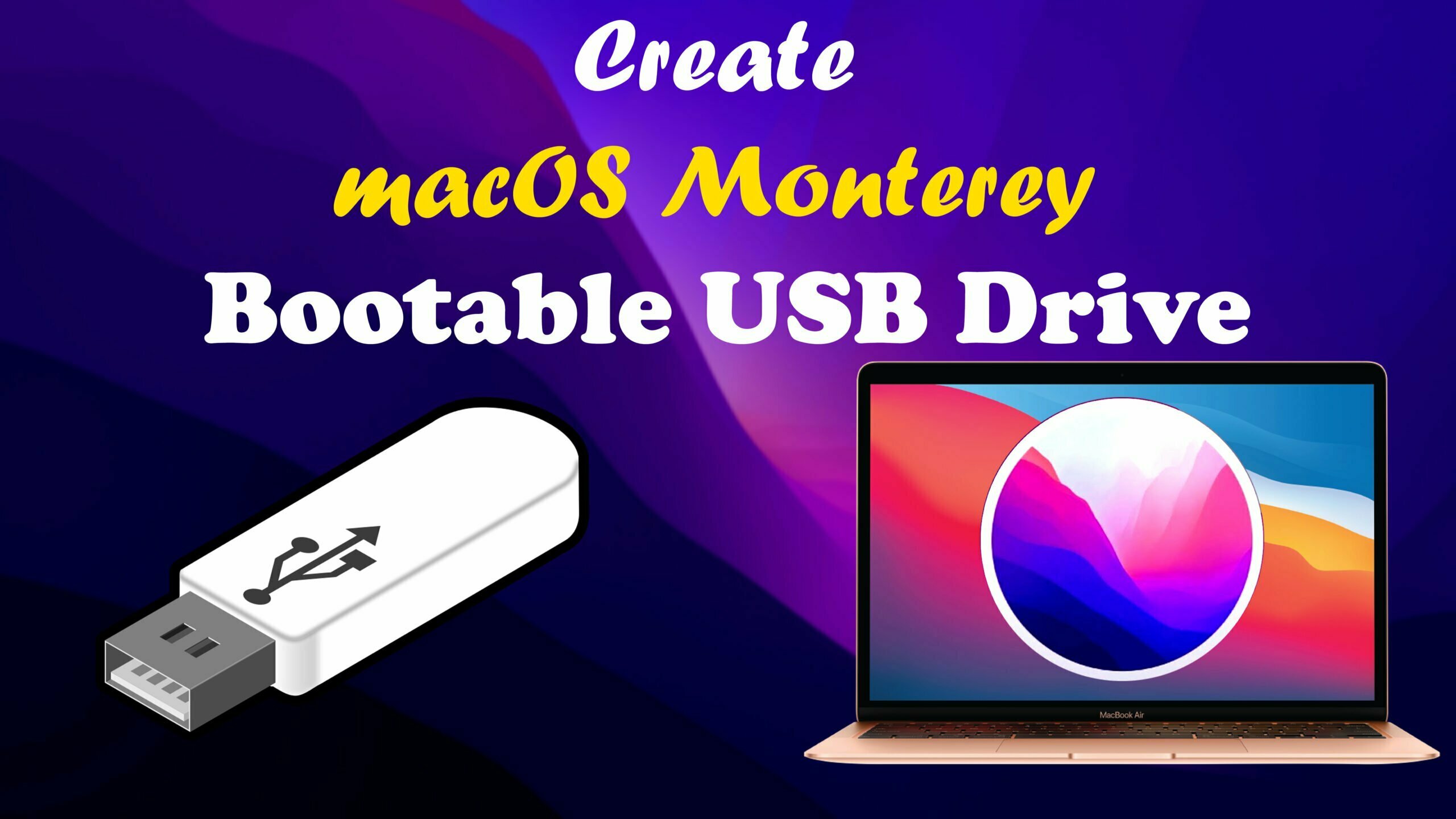

You’ll need to download the image for the version of Linux you want to install. Once you have installed Etcher, you’re ready to write your bootable image to your USB drive. How to Write to Your USB Drive Using Etcher


Drag the balenaEtcher icon over to the Applications Folder icon.If you don’t already have it on your Mac, you’ll need to download and install Etcher, which is the app we’ll be using to write the ISO file to your USB drive. Change the name of your USB drive if you wish.Select your USB drive in the left-hand menu.Click the Disk Utility app in the results.Plug the USB drive into a USB port on your Mac.How to Format Your USB Driveįormatting your USB drive ensures that it’s in the correct disk format and is ready to be written to. Once you’ve got everything you need, there are just two main steps to create your bootable Linux USB drive: format your USB drive and then write to it. You can do this using Terminal, but in this example, we’ll be using a free tool called Etcher. You’ll also need a way of writing the Linux ISO to the USB drive. Firstly, a USB drive with about 4GB of storage. To create your bootable USB drive, you’ll need a few things. How to Create a Bootable Linux USB Drive on Mac Creating a bootable USB drive is also a great way to try out different Linux distros without having to install and then uninstall each one. Want to use someone else’s Mac? Just plug your USB drive in and you can run Linux on their machine too. When you’re done, just restart, take out the USB drive, and boot into macOS as normal.Īnother benefit is that it means you can take Linux with you wherever you go. It means that you don’t have to worry about messing anything up on your Mac. The beauty of a bootable drive is that you don’t need to make any changes to your macOS installation to run it-everything you need is on your USB drive. There are a number of reasons why you might want to create a bootable Linux USB drive for your Mac. Why Create a Bootable Linux USB Drive on Mac? If you’re ready to give Linux a try without having to install it, we’ll explain how to create a bootable Linux USB drive on your Mac below. That’s because it’s possible to run Linux directly from a bootable USB drive. The good news is that you can run Linux on your Mac without touching your current macOS installation or making any changes to your hard drive. You might also want to be able to run macOS, but not want the hassle of setting up a dual boot system. If things go wrong, you could end up wiping files you had no intention of destroying. There’s always a risk involved in installing any new operating system, however.


 0 kommentar(er)
0 kommentar(er)
